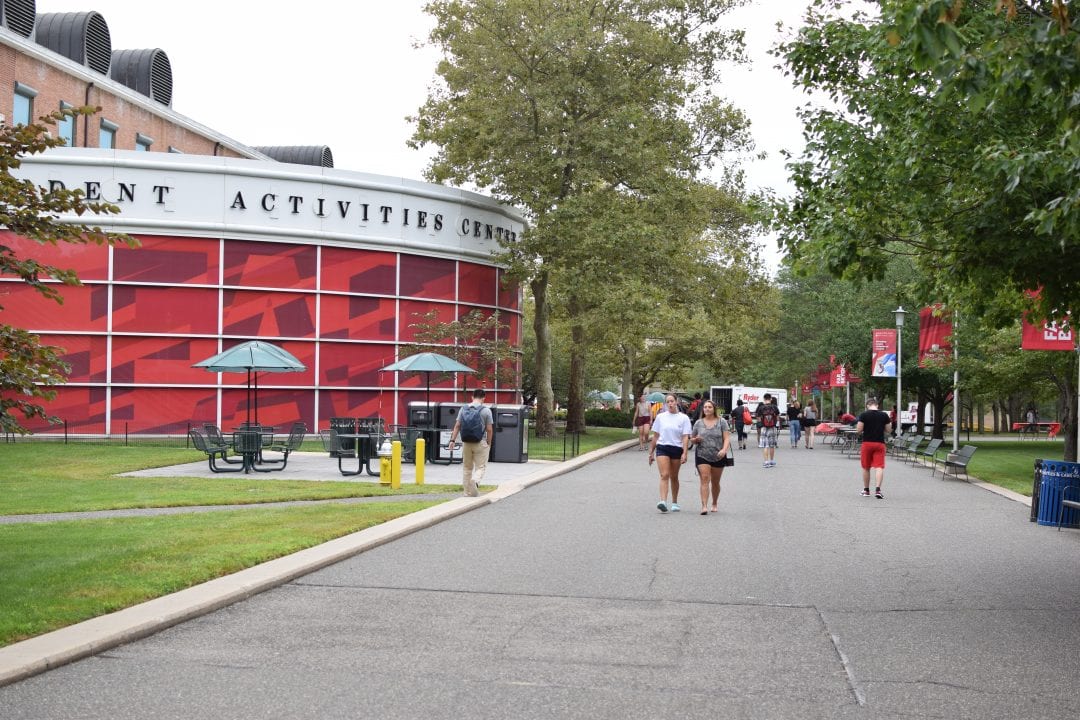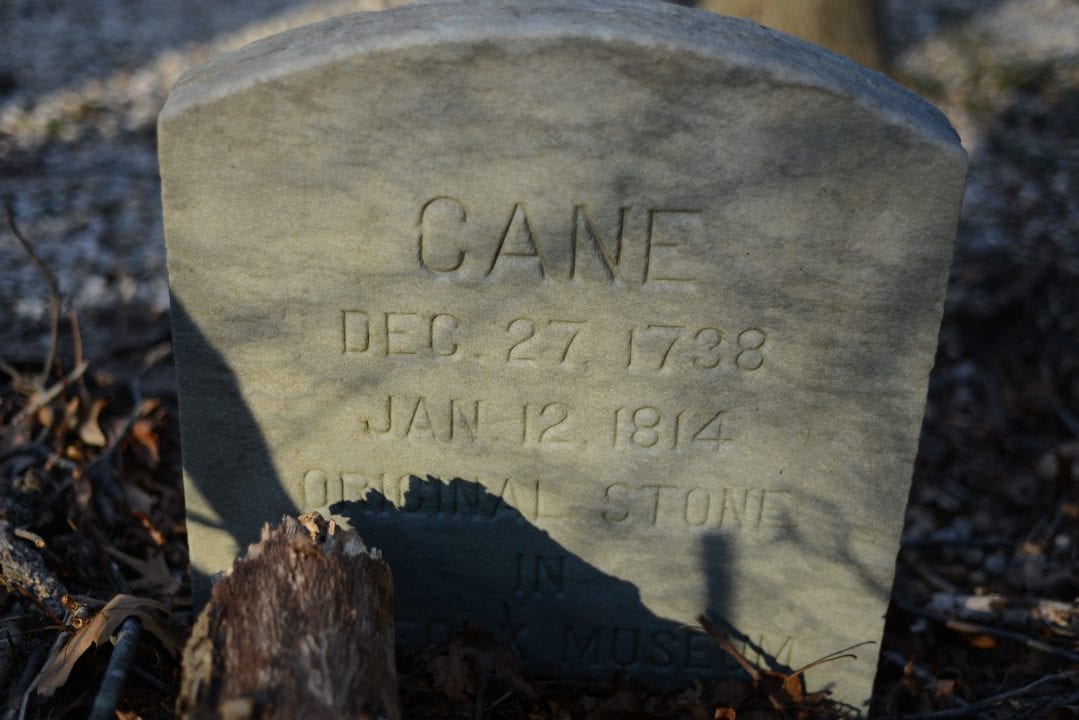
Students entering college for the first time are often immersed in a world of diversity – different cultures, ethnicities, religions and backgrounds. And while more students report having positive diversity experiences, including meaningful discourse, it’s the few negative experiences that are truly detrimental, according to a recent study published in The Journal of Higher Education.
“Engaging With Diversity: How Positive and Negative Diversity Interactions Influence Students’ Cognitive Outcomes,” published on Jan. 27, found that negative diversity interactions signaled a stronger need for cognitive understanding and critical thinking skills. Similarly, positive diversity interactions indicated an already strong foundation of critical thinking skills.
“Students who have positive interactions like to think how to solve problems, how to think critically, and engage in more thoughtful and complex thinking,” Josipa Roksa, associate professor of sociology and education at the University of Virginia and the lead researcher of the study, said. “And the students who have negative experiences, they’re more likely to rely on stereotypes.”
The research project was inspired by a previous study administered by Roksa and Richard Arum, dean of the school of education at the University of California, Irvine. The study, “Limited Learning on College Campuses,” published by the University of Chicago in 2011, found that students – particularly those of African-American descent – were gaining less skill in critical thinking, complex reasoning and writing in college.
“It started making me think, what is it about college?” Roksa asked.
Roksa’s recent study, with five other researchers, relied on results from three cohorts of students from 43 different four-year institutions entering university between 2006 and 2008. In the fall of their freshman year, 7,246 students – approximately half of the sample – took a WNS test, which is an aptitude test that measured their critical thinking skills and cognitive abilities. At the end of their fourth year of college, 2,684 students from the original sample took the WNS test again.
The results found that 40 percent of students of color reported negative diversity experiences, while only 25 percent of white students reported negative diversity experiences. The results also found that students of color experienced a higher percentage of positive diversity experiences – 50 percent compared to 30 percent of white students.
“A lot of it has to due with prior experiences kind of like preparation students have – the high school they went to, the curriculum they were exposed to, and the kind of teachers they had,” Roksa said. “We noticed that students from a less advantage background, particularly African-American and Hispanic students, have a harder time navigating with teachers and peers, finding a sense of belonging.”
Some students at Stony Brook University agree with the study’s findings. It is important to note, however, that prior experiences and notions can affect how students view diversity.
“For some Hindus, especially the older generation, there are deep negative connotations with Pakistan and sometimes other Islamic states,” senior biology student and president of the Hindu Student Council, Yoga Kammili, said. “During our GBMs, there are times when that same resentment can be detected, and it makes me upset that some of this hate has still been passed down so many years.”
Other students like Kammili have experienced similar negative diversity experiences in college, where the mindset of a particular group created a negative environment. Jacqueline Loughran, a senior health science major transferred from the University of Alabama at Tuscaloosa last year, after experiencing negative diversity situations.
“It’s pretty known at Alabama that black girls don’t join sororities,” Loughran said. “It’s an unspoken fact.”
When Loughran attended the University of Alabama, sisters from a sorority she was rushing asked her to refrain from telling reporters from CNN, The New York Times and other media outlets that the sorority didn’t accept African-American girls.
“I was shocked they asked me to do that,” she said. “I didn’t think there was an actual rule against black girls joining.”
When news broke of the sorority, Loughran dropped rushing, shocked by the racism.
“I called my mom and I knew I had to leave this environment,” she said. “Stony Brook is refreshing. When I hear people from diverse backgrounds speak about issues that affect them in class, it feels so real.”
Some students at Stony Brook University have found that their positive diversity experiences have added to their growth and understanding of diverse people.
“Being a part of CASB has definitely added to my understanding of other cultures, especially of China and Korea,” Stephanie Chan, a senior English major and president of the Chinese Association at Stony Brook, said. “I now have so many friends from that culture, and it’s helped me get in touch with my roots.”
But because negative diversity interactions are so much stronger than positive diversity interactions, it’s important for institutions and faculty to teach students how to engage with others and create an environment that deters negative interactions, Roksa said.
In addition, she said college administrators need to tackle issues before they become “highly publicized,” and must then work to purposefully create environments that foster positive and meaningful interactions among students.
“Students on a day to day basis also need to think about how they relate to their peers and how they treat their peers,” she said. “It’s really consequential for their learning environment.”
















